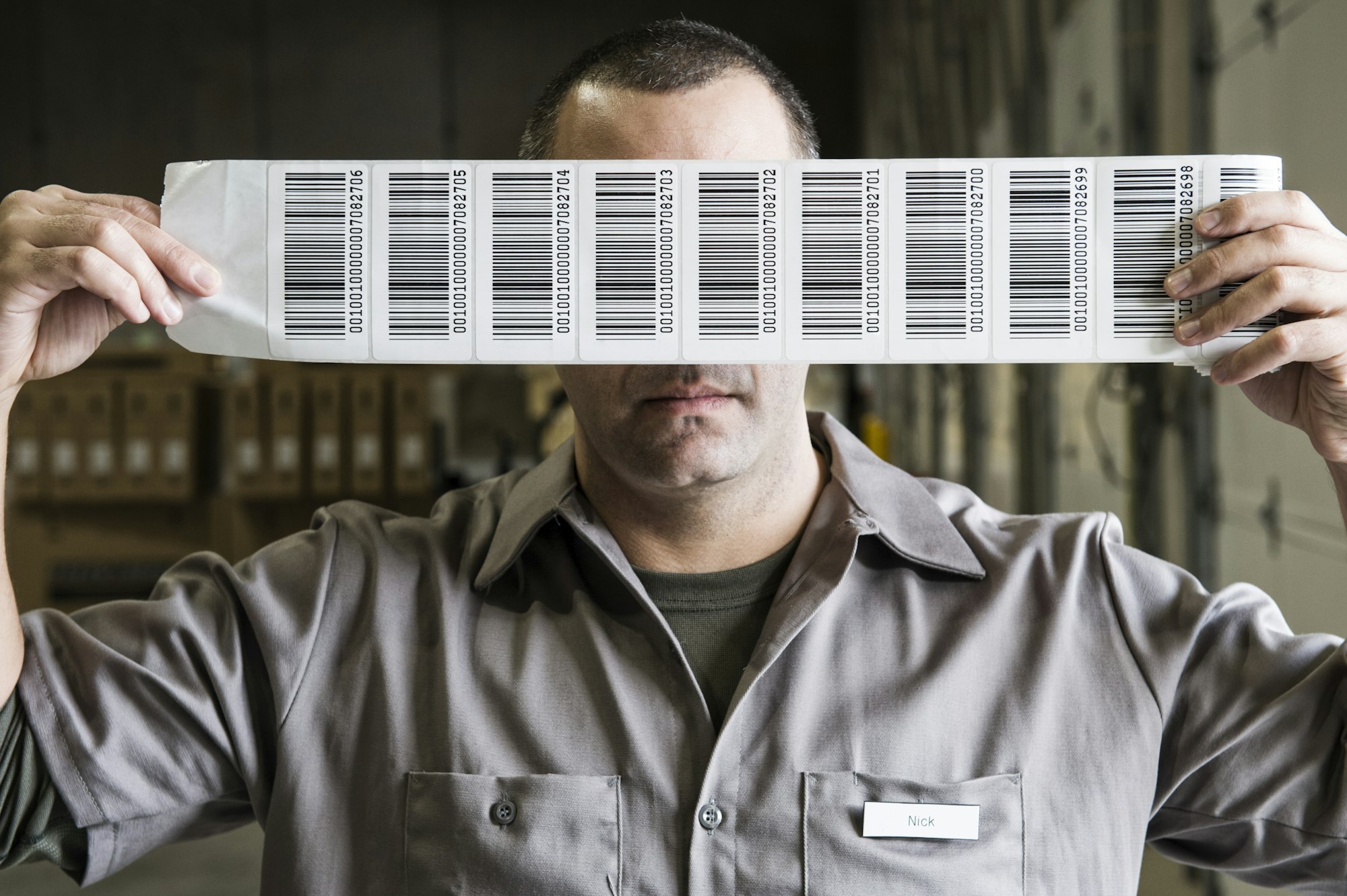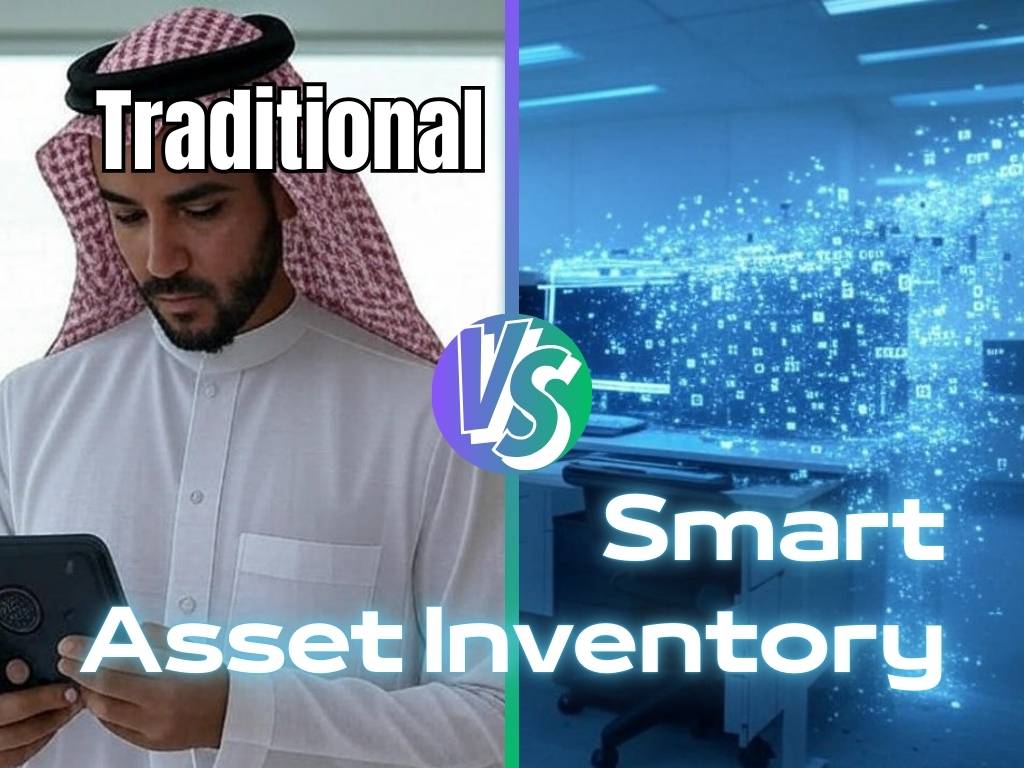Huge businesses all over the world have been integrating new ways and technologies to manage their substantial amounts of fixed assets. Basically, fixed assets management is an accounting process that intends to track and manage fixed assets for financial purposes, preventive maintenance, reducing costs, theft deterrence etc.. Often times, organizations face many problems when it comes to tracking fixed assets’ locations, statuses, maintenance, and depreciation. Even though, businesses have been using barcode for quite a while to manage and track the fixed assets, many are switching to RFID system. So while we’re at it, what is a barcode system and what’s distinguishes RFID from barcode that many businesses are starting to adopt RFID within their systems?
Barcode vs. RFID: A Comparative Analysis for Fixed Asset Management
Barcode and RFID are two different types of technology that are typically used for reading and gathering data about items. Where they are both used for managing and tracking fixed assets, they differ in some ways. Understanding how each technology works and the advantages and drawbacks of each can help businesses decide the best technology to deploy within the organization.
First of all, barcode labels are tags with different patterns of parallel lines to identify items. By scanning the barcode off an item, the optical barcode reader gathers the data by collecting laser light reflection of the black bars which represent a number. The gathered data is then sent to a database that interprets the results (price of the item and the serial number). The barcode reader should be oriented directly towards the tag and at a very close distance in order to read it.
RFID technology, however, utilizes radio frequencies to gather data and information about items. Unlike the barcode system, RFID can identify and gather the data of an item without the need of a line of sight and even from far away distance. Barcode can read one item at a time, RFID, however, can read multiple tags at once.
RFID vs. Barcode: A Deeper Dive into Data Capacity and Limitations
RFID tags can hold much more information than the barcode, where an RFID tag can hold up to 8 KB of data starting with the price of the product, to the manufacturer’s name, to the color to the acquisition date and maintenance history, warranty information etc. the tags typically has a radio antenna that enables it to receive signals from the reader. The drawback of RFID tags is that it’s difficult to be read when attached to liquid or metal assets as it interferes with the radio frequency, however, there are specific tags for such kinds of items that are made up of more than 50% of metal.

So by now, you’re getting a fuller picture about how each of the two technologies work. Companies that use barcode system in managing and tracking fixed assets require a large number of staff to scan each item individually which implies the additional expenses in terms of salaries not to mention the time wasted in conducting the different processes of the inventory count.
However, when it comes to RFID, businesses that deployed an RFID system into its organization have significantly reduced its costs and time required to perform tasks by more than 90% as it takes seconds to scan hundreds of items at once and from a distance that can reach up to 15 meters away.
Moreover, RFID tags are durable meaning that they can tolerate harsh environmental conditions like high temperature or heat, pressure, humidity. Unlike the barcode that are way less durable and easily damaged and worn out due to the fact that they are printed on paper or plastic which are easily susceptible to damage.
Furthermore, barcode cannot be placed on all sorts of items. Personally, I have faced this issue with my nose piercing; I lost it a few months ago & I went crazy in search for it. It is so tiny, there was no chance finding it. After hours and hours of searching, I found it in my drawer. Thanks to my Alzheimer’s; I keep forgetting where I place my things. However, if I had tagged it with an RFID dust tag (as they come in all shapes and sizes), I could’ve found it within seconds. Indeed, this is impossible to do with barcode.
Why Large Businesses Need RFID for Fixed Asset Management: A Farewell to Manual Tracking
By default, large businesses have huge warehouses and inventories, so the process of tracking fixed assets can be enduring and requires a huge labor force to scan the barcode of each item individually. RFID on the other hand, can be read from a distance and can read hundreds of tags at once which can be done by a single employee and save the additional costs.
If your organization happens to be operating under harsh environmental conditions, then barcode fails in this particular area as well as it gets easily damaged and ripped off, whereas the RFID tags, though they’re a little bit more costly than barcode, are more durable and enduring under harsh conditions.
Moreover, barcode fall short when it comes to bearing information; it barely hold the products ID and price and that’s pretty much it. As for RFID tags they bear much more data since they are read/write tags. RFID tags come really in handy when you want to secure certain information as the information can be protected by some sort of encryption or passwords. They are versatile, as they can be used in various applications like door access applications, lift tickets, alarms etc. RFID tags can be used to track vehicles (fleet management system) and also employees (employee management systems).
Additionally, RFID tags are extremely beneficial for food & beverages industries as they can identify the date of manufacturing and expiration which consequently helps organizations to enhance their reporting capabilities and keep in compliance with the safety regulations.
Efficient fixed asset management is not just a cost-saving measure; it's a strategic investment in your company's future.
Choosing the Right Tool: Barcode vs. RFID for Fixed Asset Management
In essence, the two technologies are different in many ways. Before integrating any of the technologies, an organization should assess the size of its inventory and fixed assets & weigh the advantages and disadvantages of both technologies and decide accordingly. The right solution lies in deciding on something that guarantees the maximum value and minimum obstructions.
For more information about Tragging’s fixed assets software: www.trackingFixedAssets.com



